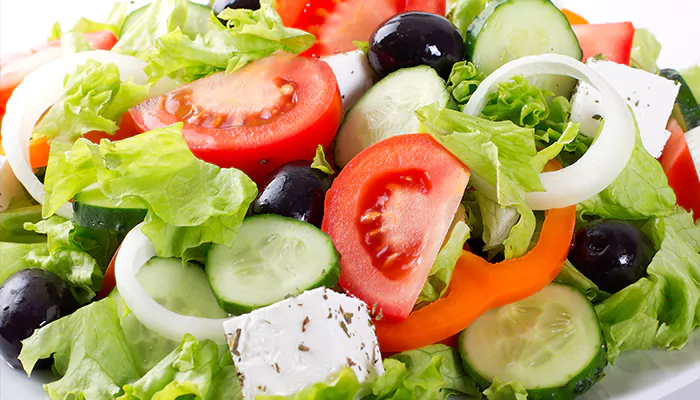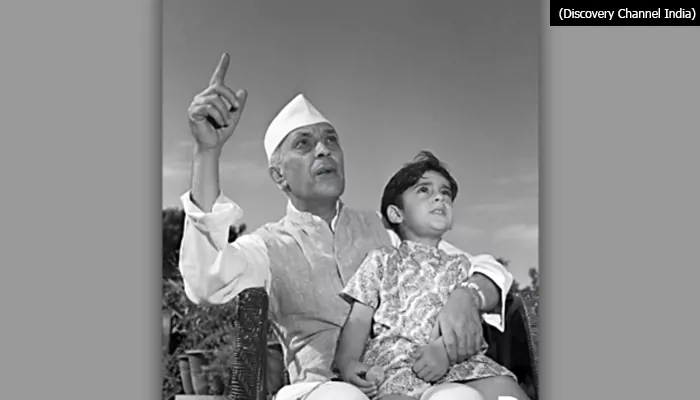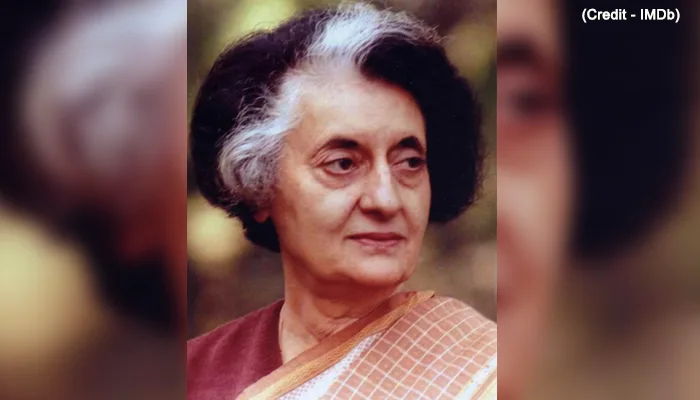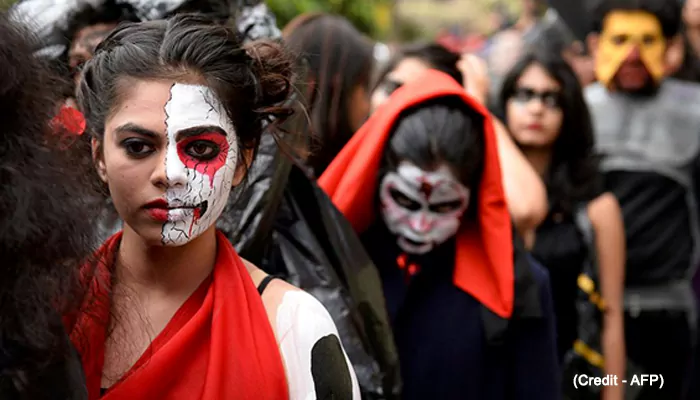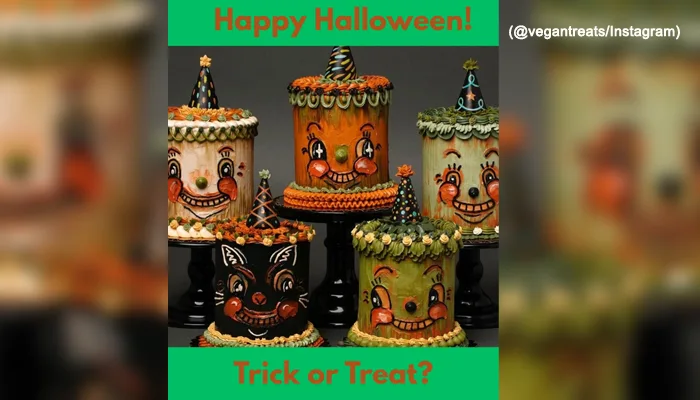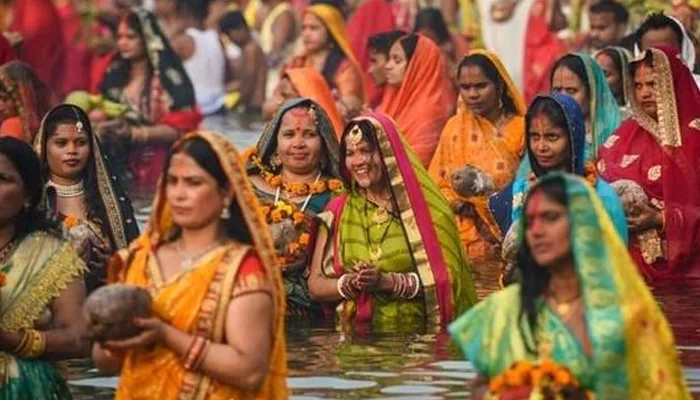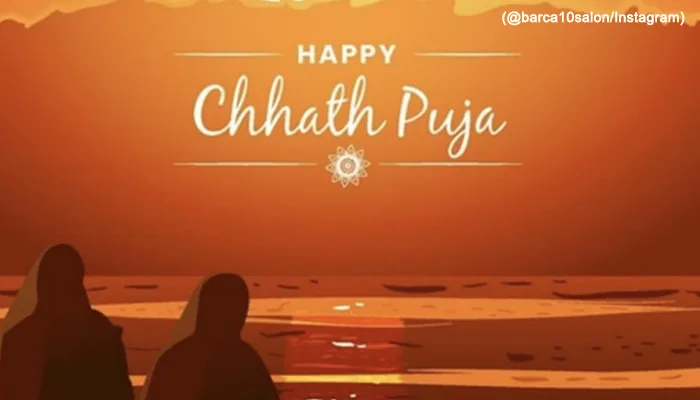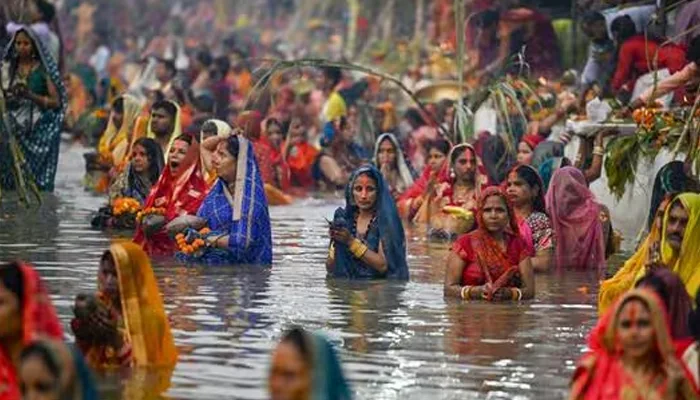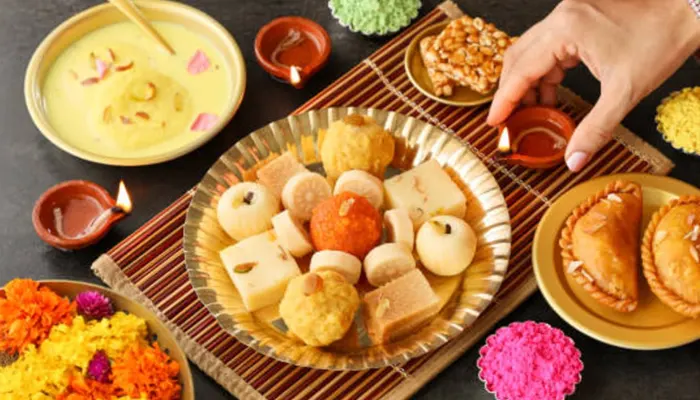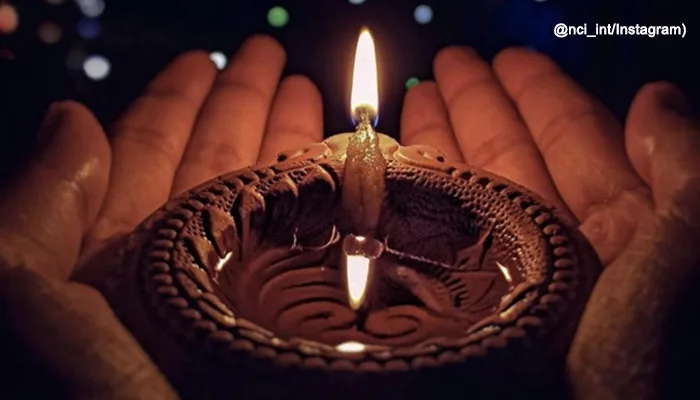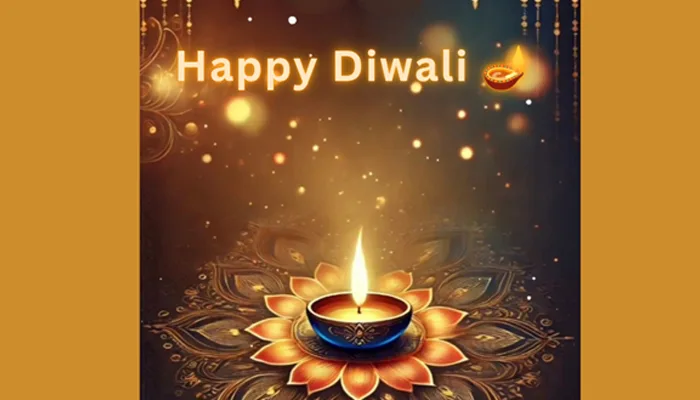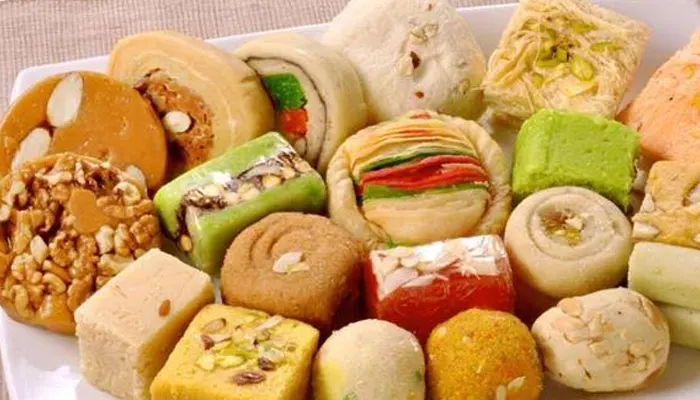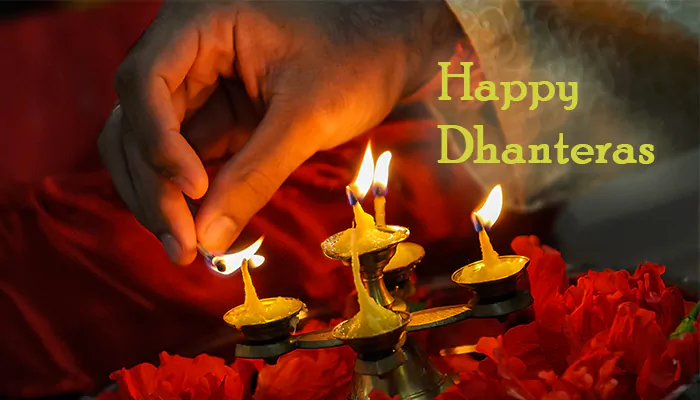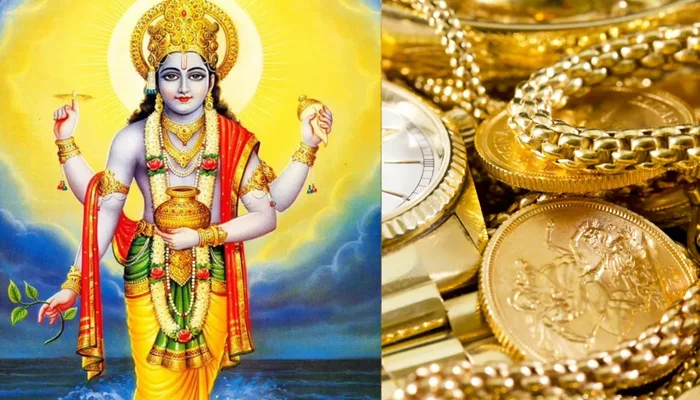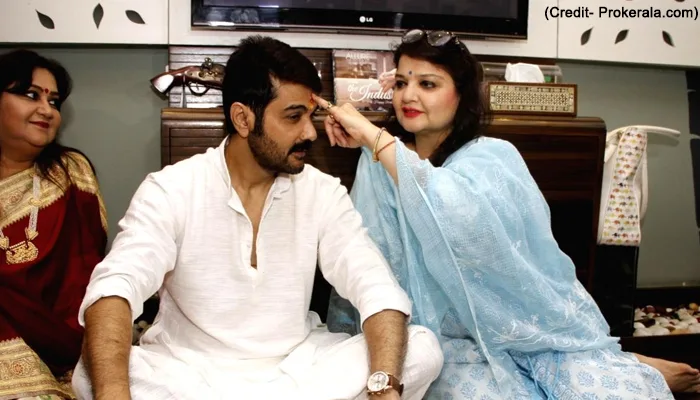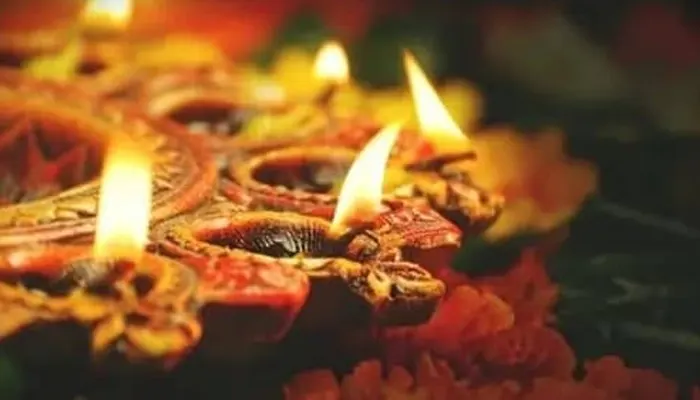Millets to mindful meals: The foods that changed Indian plates in 2025. In 2025 Indians didn’t simply change what they ate, they upgraded why they ate it. The year closed with a clear pattern: people blended nostalgia (ghee, desi snacks) with science (probiotics, functional foods) and sustainability (millets, plant-based choices). This wasn’t a niche shift; it was mainstream behaviour driven by health awareness, better availability and a dash of culinary curiosity. Millets: From Forgotten Grain to Everyday Staple Millets shed their “food of scarcity” tag and returned to dinner plates as a celebrated supergrain. Government campaigns and rising production helped make millets accessible and affordable, and cities began embracing millet-based idlis, rotis and salads as healthy alternatives to refined grains. India’s millet output and national policy support gave a big push to this revival. Ghee’s Comeback: With a Healthier Twist Ghee didn’t disappear from Indian kitchens; it evolved. Rather than ...

Millets to mindful meals: The foods that changed Indian plates in 2025. In 2025 Indians didn’t simply change what they ate, they upgraded why they ate it. The year closed with a clear pattern: people blended nostalgia (ghee, desi snacks) with science (probiotics, functional foods) and sustainability (millets, plant-based choices). ...

Millets to mindful meals: The foods that changed Indian plates in 2025. In 2025 Indians didn’t simply change what they ate, they upgraded why they ate it. The year closed with a clear pattern: people blended nostalgia (ghee, desi snacks) with science (probiotics, functional foods) and sustainability (millets, plant-based choices). ...

Millets to mindful meals: The foods that changed Indian plates in 2025. In 2025 Indians didn’t simply change what they ate, they upgraded why they ate it. The year closed with a clear pattern: people blended nostalgia (ghee, desi snacks) with science (probiotics, functional foods) and sustainability (millets, plant-based choices). ...
